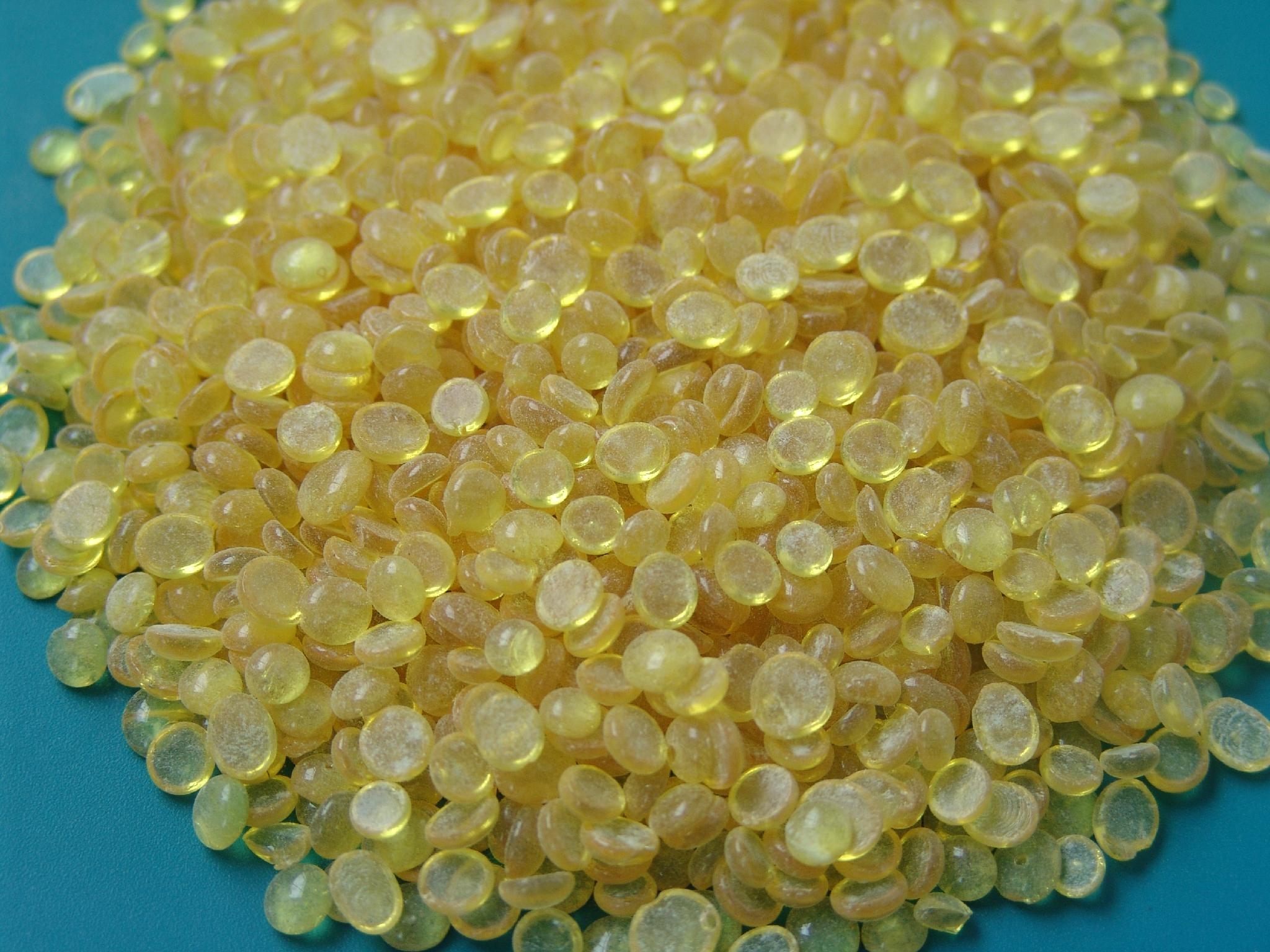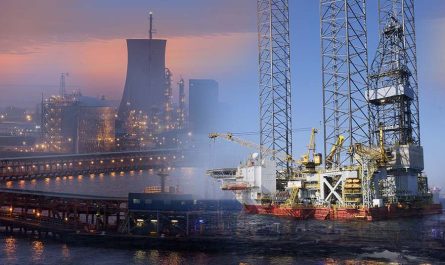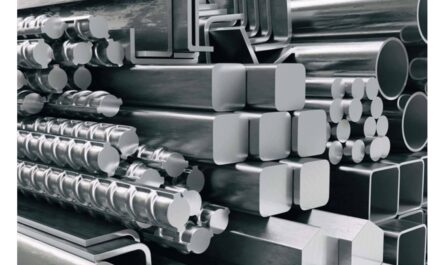Chlorine Use In Australia
Chlorine is widely used in Australia in many industrial and commercial applications. It is used to produce polyvinyl chloride (PVC) plastic, which is used to make pipes, windows, siding, wire and cable coatings, and other construction materials. Chlorine is also used to produce chloromethanes, which are intermediates for a variety of industrial chemicals. Another major use of chlorine is in the pulp and paper industry for bleaching paper and paper products. Chlorine is also used as a disinfectant in drinking water treatment, swimming pools, and other applications.
Due to its widespread applications, Australia has a substantial chlorine industry. The country produces over 1 million tonnes of chlorine annually. The major chlorine production facilities are located in Botany in New South Wales and Altona in Victoria. From these facilities, chlorine is transported nationwide via pipelines, trucks, barges, and trains to supply the needs of major industries and municipalities.
Health And Environmental Impacts
While chlorine plays an important industrial role, its production and use also poses risks to human health and the environment. Chlorine production involves the use of mercury cell technology, which releases mercury, a potent neurotoxin, into the environment. Once in the environment, mercury can accumulate in sediments and aquatic life. Mercury exposure has been linked to serious health effects like impaired neurological and behavioral development.
The Australia Chlorine industry is also a major source of hazardous air pollutants like dioxins, furans, and hydrogen chloride gas. Dioxins and furans are classified as persistent organic pollutants and are known human carcinogens even at very low doses of exposure. These pollutants can spread far from production sites via air, water, and other means. Nearby communities are therefore at risk of exposure through inhalation, ingestion, and dermal routes.
The chlorine bleaching process used in the pulp and paper industry generates organochlorides like chloroform that can persist in the environment. Chlorine’s use as a disinfectant also creates disinfection byproducts like trihalomethanes in drinking water that have been linked to increased cancer risk. Accidental releases from the transportation of chlorine pose acute risks like respiratory irritation and damage. Long-term chronic exposures have also been associated with a range of illnesses.
Regulatory Efforts And Alternatives
Due to the health and environmental concerns associated with chlorine production and use, regulatory agencies in Australia have worked to curb pollution and enact safer standards. Key efforts include stricter air emission limits for dioxins and furans, control of mercury releases from chlor-alkali plants, and reduction of organochlorides from bleaching processes. Laws have also been strengthened around the transport and handling of chlorine to prevent accidental releases.
While regulation plays an important role, alternatives offer a more sustainable long-term solution. Non-chlorine bleaching technologies have seen increased adoption in the paper industry worldwide. Alternative plastics like polyethylene are also gaining ground against PVC. New water disinfection methods using chlorine dioxide, ozone, or UV light provide options with fewer disinfection byproducts.
Transitioning away from chlorine presents economic and technical challenges but would significantly reduce environmental and health risks. With increased research and investment, alternatives could displace more chlorine applications over time. Strong regulation coupled with inclusive transition strategies will be key to curb Australia’s reliance on chlorine production and use in the long run.
Public Opinion And The Way Forward
Community awareness of chlorine’s health and environmental impacts has grown in recent years, driven by research findings and advocacy efforts. More people question the continued use of mercury in chlorine plants and seek safer options for water treatment, construction materials, and other applications. Surveys show rising support for government and industry action to introduce alternatives and minimize pollution from chlorine production facilities.
Civil society groups call for a comprehensive national strategy and timebound phase-out targets on mercury use and high-risk chlorine applications like PVC plastic. There are also demands for increased public disclosure of emission data, health studies around plant communities, and prior consultation on regulatory changes. Industry argues for a balanced approach that ensures continuity of supply while gradually introducing improvements.
Overall, there is broad agreement that Australia chlorine industry needs to be re-examined in light of 21st century priorities around sustainable development and environmental protection. With open dialogue and cooperative efforts from all stakeholders, it may be possible to curb chlorine’s risks through a well-planned transition to safer alternatives. Such measures could yield economic, social and environmental benefits for current and future generations.
*Note:
1.Source: CoherentMI, Public sources, Desk research
2.We have leveraged AI tools to mine information and compile it



